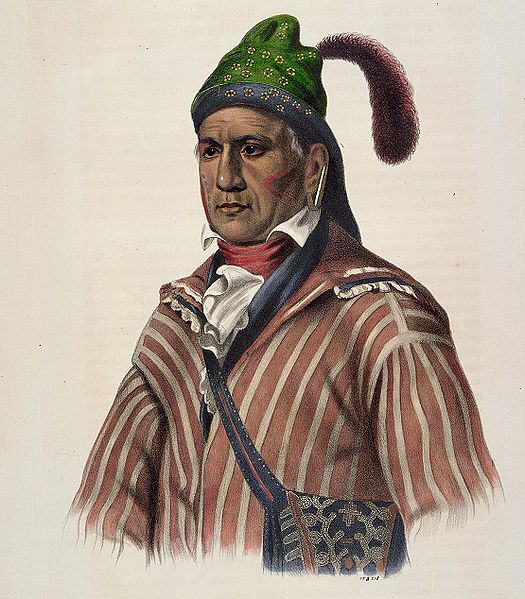The Fort Mims massacre took place on August 30, 1813, at a fortified homestead site 35-40 miles north of Mobile, Alabama, during the Creek War. A large force of Creek Indians belonging to the Red Sticks faction, under the command of headmen Peter McQueen and William Weatherford, stormed the fort and defeated the militia garrison.
Fort Mims massacre
Inside the reconstructed fort, looking at the west wall and gate.
Fort Mims, 22-Beasley's cabin, 25-Beasley's death, 26-eastern gate
Alabama Historical Association Fort Mims marker
Red Sticks —the name deriving from the red-painted war clubs of some Native American Creek—refers to an early 19th century traditionalist faction of Muscogee Creek people in the Southeastern United States. Made up mostly of Creek of the Upper Towns that supported traditional leadership and culture, as well as the preservation of communal land for cultivation and hunting, the Red Sticks arose at a time of increasing pressure on Creek territory by European American settlers. Creek of the Lower Towns were closer to the settlers, had more mixed-race families, and had already been forced to make land cessions to the Americans. In this context, the Red Sticks led a resistance movement against European American encroachment and assimilation, tensions that culminated in the outbreak of the Creek War in 1813. Initially a civil war among the Creek, the conflict drew in United States state forces while the nation was already engaged in the War of 1812 against the British.

Menawa was one of the principal leaders of the Red Sticks. After the war, he continued to oppose white encroachment on Muscogee lands, visiting Washington, D.C., in 1826 to protest the treaty of Indian Springs. Painted by Charles Bird King, 1837.





